Help protect Australia’s threatened species
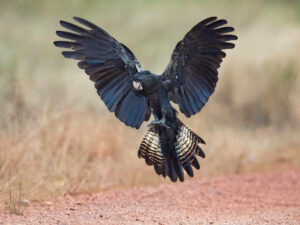
Our planet is currently experiencing the worst wave of species die-offs since the loss of the dinosaurs 65 million years ago. And here in Australia,86 of our native flora and fauna species now critically endangered. We’re running a real risk of losing some of our most iconic species forever.
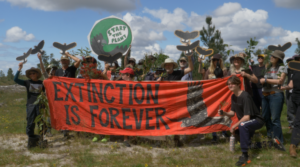
Habitat destruction, introduced species and urban expansion threaten the survival of our native species. With the decline of Australia’s native wildlife, our ecosystem hangs in the balance. Once they’re gone, they’re gone.
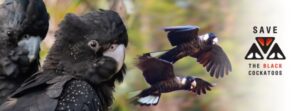
Cockatoos are a family of large, long-lived and very noisy parrots with moveable crests. Australia is home to 14 species with others also found in Papua New Guinea, Indonesia, the Solomon Islands and the Philippines.
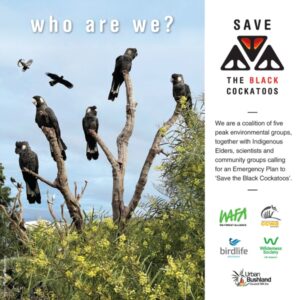
Cockatoo facts
- Cockatoos have a preferred “footedness” analogous to human handedness. Unlike humans, most are left-footed.
- In captivity, cockatoos have a lifespan similar to humans.
- The word ‘cockatoo’ has its origins in Malay and means ‘vice’ or ‘grip’ because of their incredibly strong beak.
- Australia’s commonest and most widespread cockatoo is the Galah.
Type of Cockatoos
White cockatoos
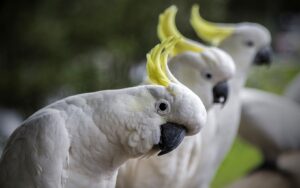
Four of the Australian species are predominantly white in colour including the very familiar and spectacular Sulphur-crested Cockatoo. These noisy birds feed on berries, seeds, nuts and roots. They’re equally at home in the city and in the bush.
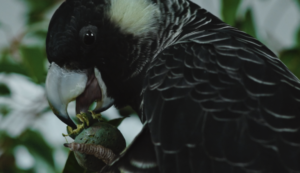
Black cockatoos, belonging to the Calyptorhynchus genus, are large, black-feathered cockatoos that have loud, distinctive calls and are most often observed flying and feeding in small to large flocks.
Black cockatoos
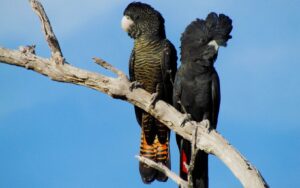
Six Australian species are predominantly black.
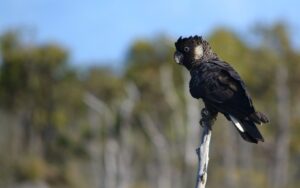
This includes the endangered Carnaby’s Black-Cockatoo of south-west Western Australia. This migratory species is declining rapidly due to the loss of around 87% of its woodland breeding habitat and as a result is listed as endangered.
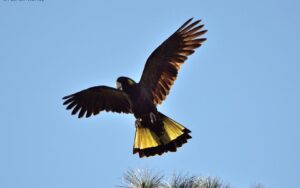
Yellow-tailed Black-Cockatoos are also declining due to urban expansion.
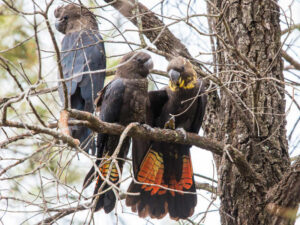
The highly decorative plumage of the Red-tailed Black-Cockatoo make it a favourite amongst bird watchers. Females’ bodies are covered in black feathers edged in gold while their heads carry yellow spots. Their tails are like the colours of the sunset from yellow, orange to red. Young males emerge from the nest three months after hatching looking like their mothers but as they mature at about three years of age, their pure black adult feathers emerge. Their tail bands are a solid scarlet red.
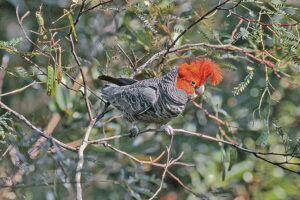
Gang Gang black red crest cockatoo
Cockatoos eat seeds, tubers, corns, fruit, flowers and insects. In times of plenty flock sizes are smaller, while in droughts some species can gather in flocks numbering thousands of birds.
Are black cockatoos endangered?
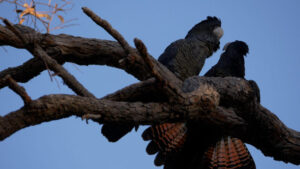
- Four out of five/six of Australia’s black cockatoo species are under threat nationally.
- The south-eastern glossy black cockatoo was listed as vulnerable under national environment law in August 2022.
- Baudin’s black-cockatoo is an endangered species and protected under the federal Environmental Protection and Biodiversity Conservation (EPBC) Act. Fewer than 15,000 Baudin’s cockatoos are alive in the wild.
- Carnaby’s black-cockatoo is a Commonwealth endangered species under the EPBC Act, and is also ‘Specially protected fauna’ under the WA Wildlife Conservation Act. In Western Australia, the Carnaby’s cockatoo is considered ‘likely to become extinct’ in the wild.
- The red-tailed black-cockatoo’s forest (or Karrak) subspecies (Calyptorhynchus banksii naso) is a vulnerable species protected under the EPBC Act and WA Biodiversity Conservation Act. This sub-species ranges from Gingin north of Perth to Albany in the south-west of WA. Fewer than 15,000 Karraks are alive in the wild.
What are the biggest threats to cockatoos?
- All Western Australian species of black cockatoo are threatened by habitat loss and degradation, competition from other birds for nesting sites and declining food supplies.
- The forest red-tailed black cockatoos are threatened by habitat loss, competition for rare nesting hollows and by injury from European honeybees. The federal government’s recovery plan for this subspecies was implemented in October 2021 with a view to reducing the burden these threats place on the species.
- Baudin’s and Carnaby’s black cockatoos are particularly endangered and are considered likely to become extinct in the wild.
- Like the forest red-tailed black cockatoo, these species are threatened by loss of nesting hollows due to deforestation from mining and timber industries, habitat fragmentation, loss of native food sources from urban development and bushfires.
- On the east side of Australia, the south-eastern glossy black cockatoo was listed as vulnerable under national environment law in August 2022. These cockatoos feed almost exclusively on cones from mature female casuarina trees and rely on the hollows of old eucalypts for nesting – trees that were hit hard by the devastating bushfires of 2019-20.
The content herein is still under construction & there will be much more to include over several days to give you a more extensive view of the food trees to plant in having the black cockatoo species to survive in Australia
There are several black cockatoo food trees we should plant.I have some trees or tree seeds for sale so you can plant same & help save these majestic birds from extinction
I will include a list of these black cockatoo food trees in this posting shortly.
List starts here> White cedar- Casuarina/Sheoak-Banksia-Marri-
Jarrah-Hakea
 Any questions or if buying, contact me HERE
Any questions or if buying, contact me HERE
![]()

![BLACK COCKATOO BIRD FOOD TREES HOW TO INFO & SAVE THE SPECIES. Plant a Tree [Work in progress]](https://sunblestproducts.com/wp-content/uploads/2022/12/black-cockatoo-types-images-www.sunblestproducts-27-922x576.jpg)
Recent Comments